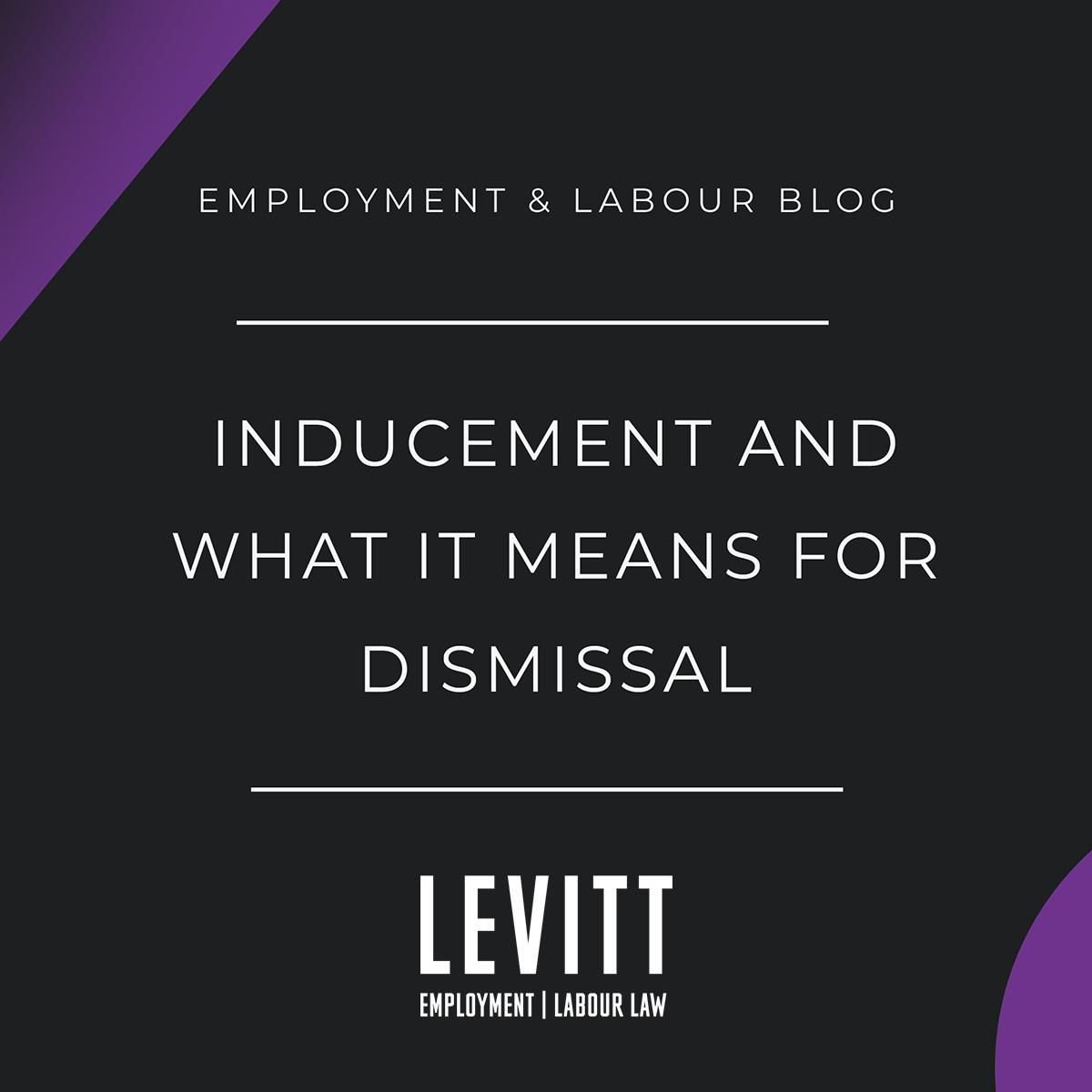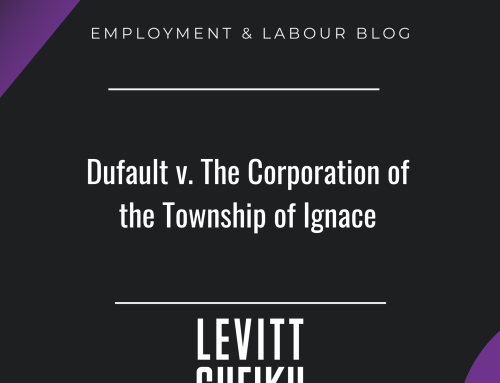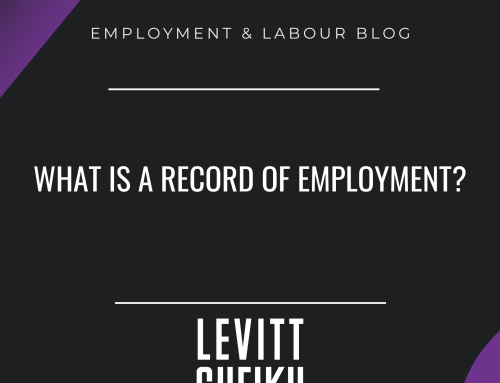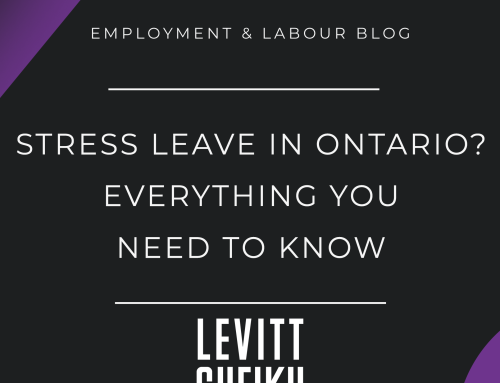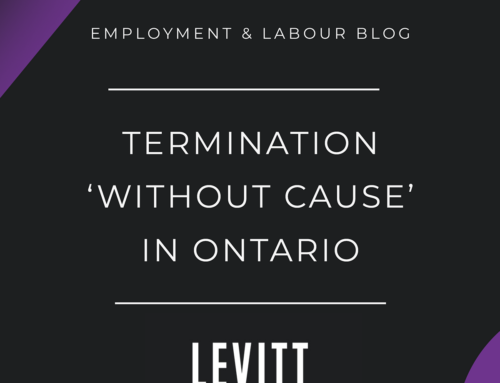When an employee is wrongfully dismissed, the next step is to figure out how much reasonable notice or pay in lieu of notice the employee is entitled to.
The leading case in determining what constitutes reasonable notice of termination is Bardal v. Globe & Mail Ltd. (1960). This case indicates that although there is “no catalogue laid down as to what is reasonable notice in particular classes of cases” there are various factors to weigh. These factors are not exhaustive, meaning factors could be added when cases are analyzed. One factor that has been added is inducement.
Inducement is a factor that should be considered when an employee was terminated by an employer, after that same employer encouraged or enticed the employee to quit a previous job to come work for that employer.
The case of Wallace v. United Grain Growers states “where an employer has induced the employee to quit a secure, well-paying job…on the strength of promises of career advancement and greater responsibility, security, and compensation with the new organization”, there should be a greater period of reasonable notice.
In Hooker v. Audio Magnetics Corp. of Canada Ltd., an individual hired away by the defendant from a secure job and dismissed one year later was awarded 14 months’ notice. In Murphy v. Rolland Inc., a short-term employee was awarded 8 months’ notice because the employee had been lured away from previous employment.
Even when the employer had not strictly induced the employee to leave secure employment to join the employer, should the employee leave a long-term secure position to join the employer, the courts are inclined to award a longer notice period. Conduct short of inducement, but which leaves the employee with the impression that the employer has offered a position with a secure and long-term future, will be a relevant consideration and also enhance the notice period.
Some cases have held inducement to be a significant factor only when it goes beyond the ordinary degree of persuasion. For example, if an employee was not looking for a job or was not taking steps to look for new employment, and if the new employer or its agent approaches such an employee, it is important for the court to note that the employee would still be working for the previous employer but for the intervention of the new employer (Egan v. Alcatel Canada Inc.).

